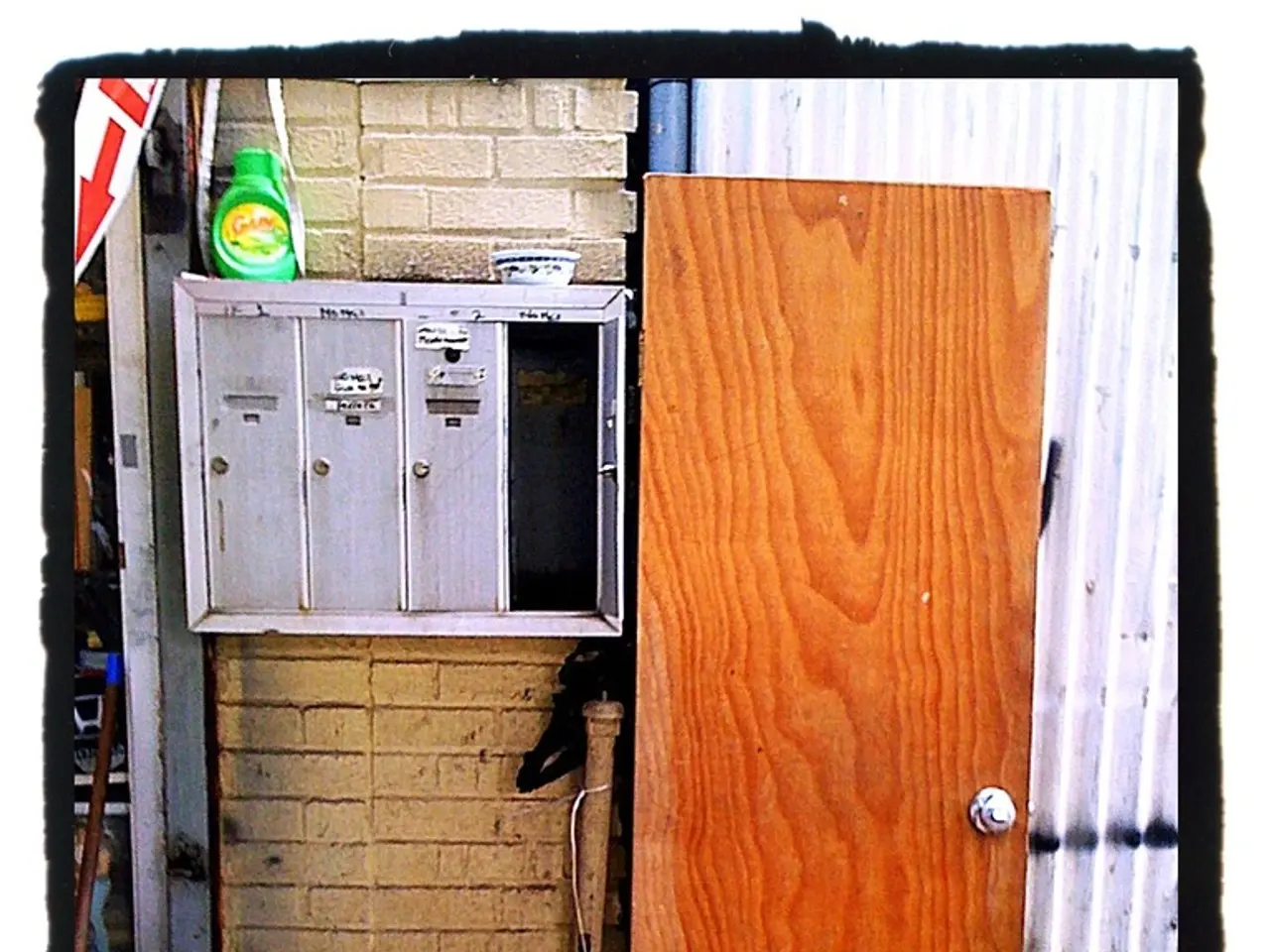New Sensor System Detects Gastric Ulcer Bacteria for Just €20
Scientists at the University of Ulm have engineered a compact, affordable sensor system to detect Helicobacter pylori, a bacterium linked to gastric ulcers and cancer. The device, detailed in ACS Sensors, uses mid-infrared spectroscopy, a cheaper and more miniaturizable alternative to mass spectrometry.
The system exploits a survival trick of the stomach germ, urease, to detect the bacterium. It's effective, fast, and affordable, potentially costing around 20 euros for a smartphone-compatible mini-sensor. The team has miniaturized the reaction chamber to enhance interaction between sample molecules and infrared radiation, enabling mobile breath tests.
Undetected Helicobacter pylori infections can have serious consequences, including gastric ulcers, gastritis, and even stomach cancer. This new sensor system could aid in diagnosis and therapy, providing a cheaper and more accessible alternative to current methods.
The University of Ulm's research, published on February 8, 2025, offers hope for improved detection and treatment of Helicobacter pylori infections. The miniaturizable sensor system, using mid-infrared spectroscopy, could revolutionize mobile air analysis, making it cheaper and more accessible.





